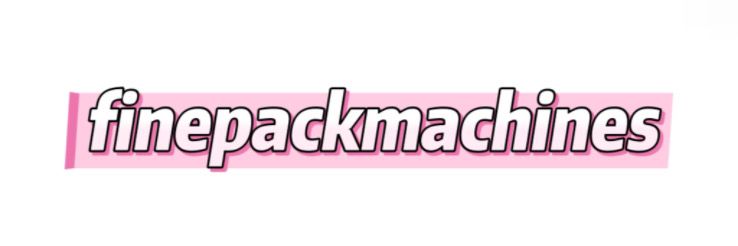What Challenges Do Users Face with Polyvinyl Chloride Film?
Polyvinyl chloride (PVC) film is a versatile material widely utilized in various industries, from packaging to construction. However, users often encounter several challenges when working with this type of film. Understanding both the advantages and disadvantages associated with polyvinyl chloride film can help users make informed decisions.
Want more information on polyvinyl chloride film? Feel free to contact us.
One of the primary functions of polyvinyl chloride film is its durability. It is water-resistant and can withstand a range of temperatures, making it suitable for both indoor and outdoor applications. Additionally, PVC film has excellent tensile strength, which contributes to its long lifespan. It is also highly flexible, allowing it to be easily formed into different shapes and sizes. This adaptability makes polyvinyl chloride film ideal for a variety of uses, from food packaging to protective coverings.
Despite its many benefits, polyvinyl chloride film does come with certain drawbacks. One notable concern is its environmental impact. The production and disposal of PVC film can release harmful chemicals, raising sustainability issues. Moreover, while the film is durable, it can be prone to cracking or becoming brittle over time, especially when exposed to harsh environmental conditions. Users also report that polyvinyl chloride film can sometimes emit unpleasant odors, especially when new.
See also:Packaging & Printing
How Safe Are Vacuum Packaging Pouches for My Food?
10 Creative Ways to Enhance Your Brand with Personalized Printing Products Services
Custom Packing Box vs. Standard Box: Which is Better?
When it comes to user experiences, many individuals have shared insights into how polyvinyl chloride film performs in real-world situations. For instance, professionals in the food packaging industry often praise the film for keeping products fresh due to its excellent barrier properties. They appreciate how it helps extend shelf life, thus reducing waste. On the other hand, some users in construction settings have expressed frustration with the installation process, noting that it can be tricky to handle, especially in larger dimensions.
Price-wise, polyvinyl chloride film is relatively affordable compared to alternatives like polyethylene or polyurethane films. The cost typically ranges from $0.10 to $1.50 per square foot, depending on the thickness and intended application. While it offers an economical solution for various projects, users often weigh its affordability against potential environmental concerns. In many cases, the durability and effectiveness of polyvinyl chloride film can justify its cost, particularly for long-term applications.
In conclusion, while polyvinyl chloride film is celebrated for its versatility and durability, users should consider both its advantages and disadvantages. Understanding the practical aspects of this material—from its functionality and pricing to the user experience—can empower individuals and organizations to make better decisions regarding their needs. Balancing cost, usability, and environmental impact remains essential for anyone looking to leverage the benefits of polyvinyl chloride film effectively.
The company is the world’s best what is polyolefin shrink film made of supplier. We are your one-stop shop for all needs. Our staff are highly-specialized and will help you find the product you need.

